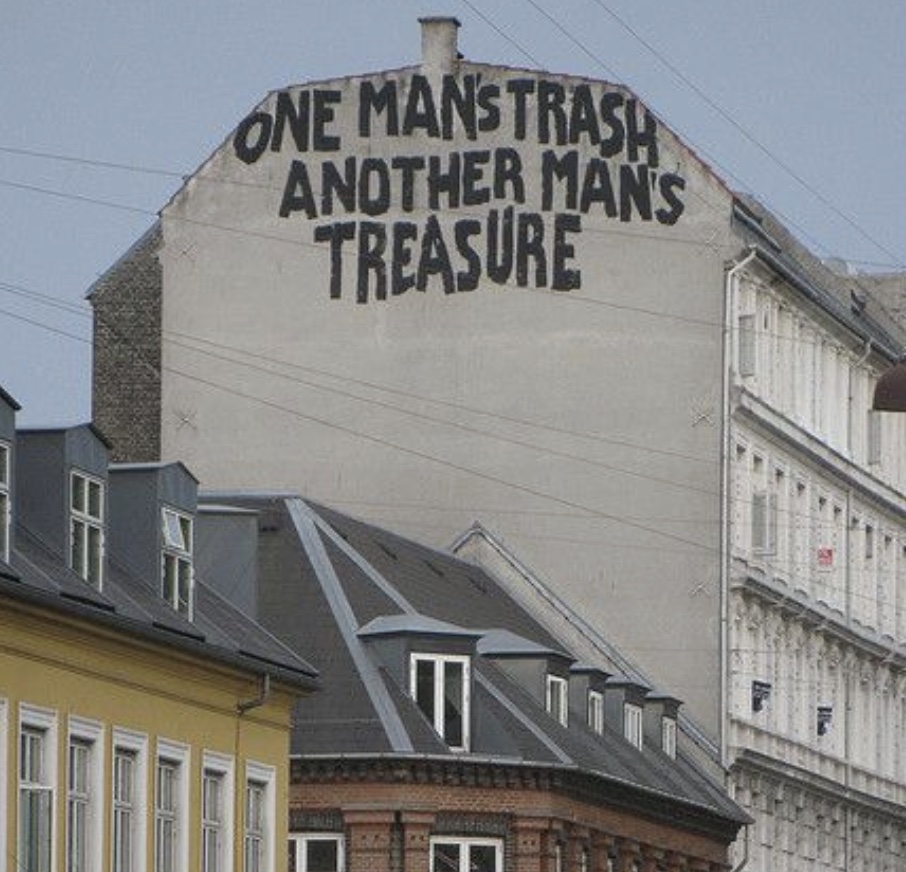Methods
How does Structured Visual Thinking help?
In 2022, I had a conversation with a friend who is passionate about visual thinking. To his dismay, he realized that the process of creating a diagram or visual artifact may be more important than the final result. This realization sparked a thought process on my end, and I began to ponder the true value of structured visuals.
The Role of Structured Visuals in Communication
Structured visuals, such as graphs, can effectively represent reality and convey ideas. They can be used to define terminology through Concept Maps, capture discussions using IBIS, or reflect project planning via Benefit Breakdown Structure. The old adage "a picture is worth a thousand words" rings true, as these visuals facilitate communication and understanding.
Process vs. Outcome
However, is the resulting diagram the main benefit? Or does the process of creating the diagram hold more value than the final artifact itself? To explore this, let's consider a few examples:
Concept Maps for Terminology Alignment
I once used a concept map to align terminology within a team. We discovered that key terms of our mission were interpreted differently by team members. The creation of the concept map helped surface these differences and align our understanding. While the resulting diagram was useful for explaining our mission to others, the true benefit was in the process of creating the map itself.
Dialogue Mapping for Problem Solving
Dialogue Mapping is a facilitation method that uses the IBIS notation to visually represent group conversations, especially for tackling wicked problems. In this case, the process of creating a shared understanding is the primary focus, while the resulting diagram holds only historical value after the meeting.
Theory of Constraints and Thinking Processes
Eliyahu Goldratt, the creator of the Theory of Constraints, used diagrams like Current Reality Trees to identify root causes of observable issues. For Goldratt, the diagram was not the end goal, but rather a means to identify the main constraint and subsequently plan how to address it.
Embracing the Process
While it's easy to assume that the visuals are the key outcome of visual thinking, the term "Visual Thinking" itself suggests a focus on the process rather than the final artifact. Indeed, the resulting visuals can be valuable, but the process of creating them often yields greater benefits.
A Shift in Perspective
My friend's initial frustration led to a valuable insight: the importance of embracing the process of visual thinking. Much like the proverbial phrase, "one man's trash is another man's treasure," we can view the process of creating structured visuals as an opportunity to discover hidden value and align our understanding.

Graffiti in Copenhagen